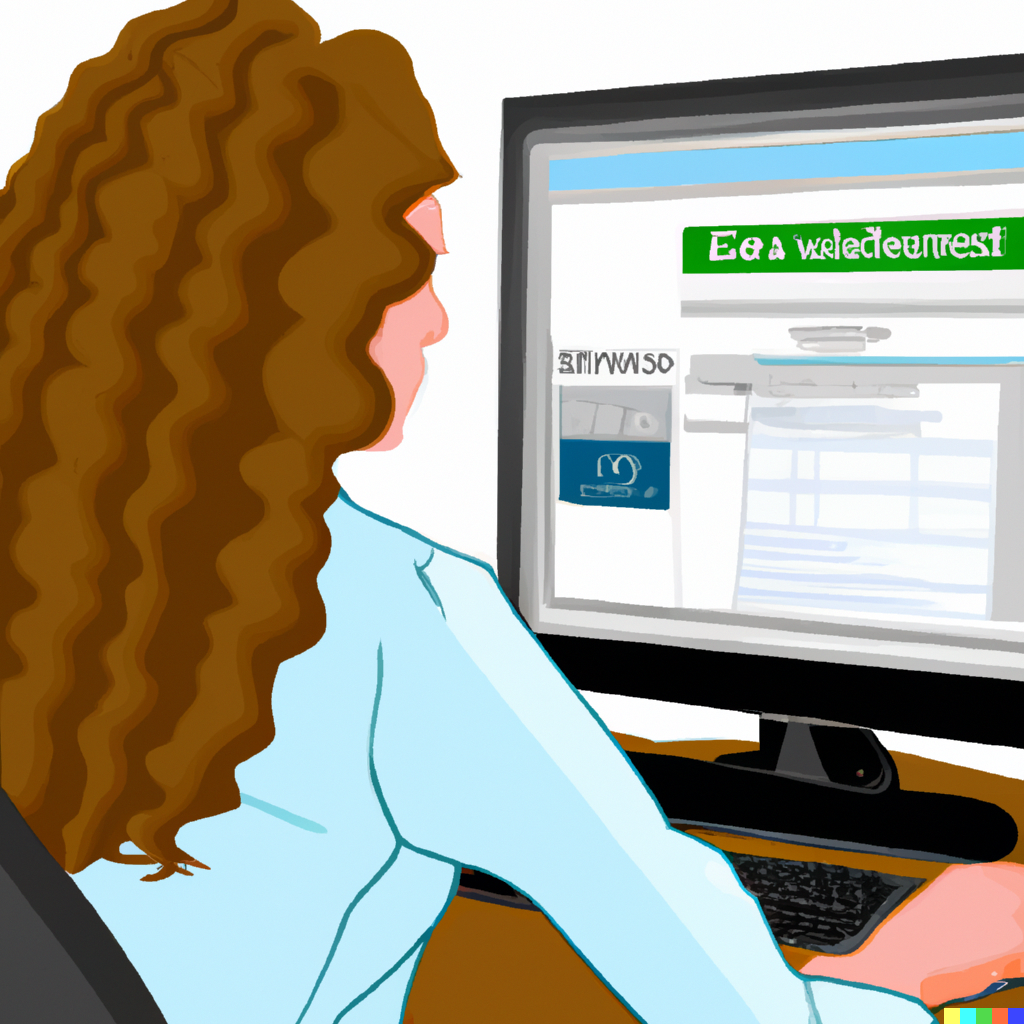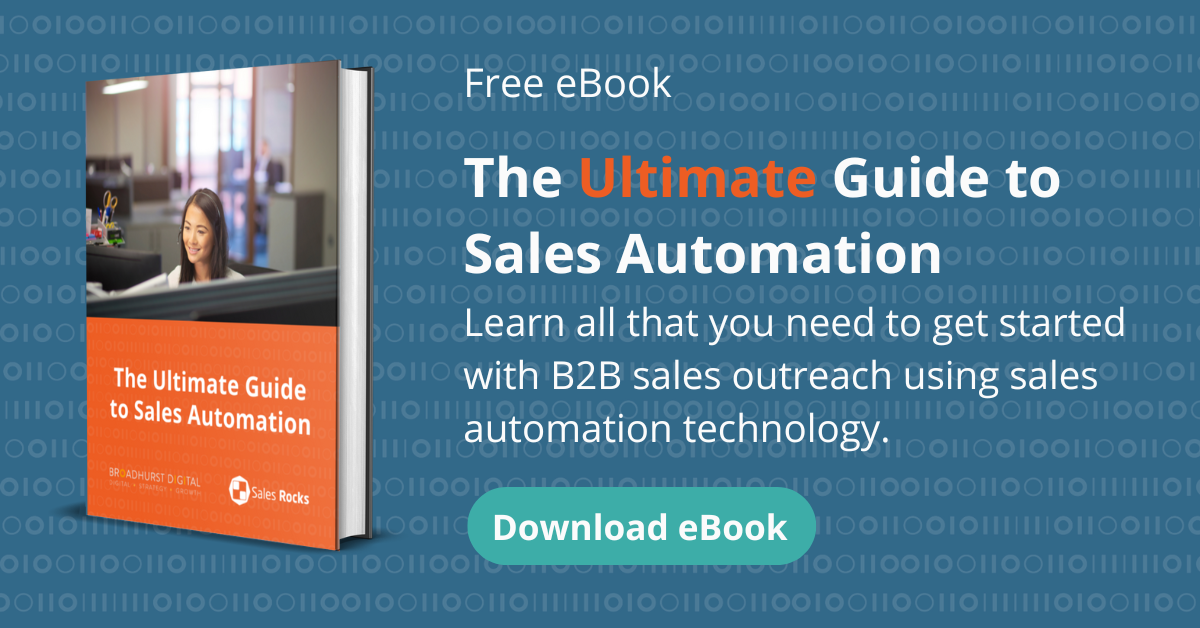If you're looking to develop a B2B sales tech stack, this article will show you how. Learn what components are necessary and how to put them together for success.

What is a tech stack?
A tech stack is a combination of software products and technologies that are used to create a complete solution. A tech stack may include a web server, a database, a programming language, a web framework, and an operating system.
A tech stack may also include a range of other software products and services, such as a CRM system, an integration platform, or a productivity suite. The term "tech stack" is often used in the context of web development, but it can be applied to any type of software development.
What is sales technology?
Sales technology, also known as sales tech, refers to the tools and software that salespeople use to manage their work. This can include customer relationship management (CRM) software, sales automation software, sales prospecting tools, meeting booking tools, chatbots, and more.
The goal of sales tech is to make the sales process more efficient and effective, ultimately leading to more sales. While there is no one-size-fits-all sales tech stack, there are certain types of tools that are essential for any sales team. By understanding what sales tech is and what kinds of tools are available, you can develop a sales tech stack that will help your team close more deals.
What is a sales tech stack?
Now that we know what sales tech refers to, and what a tech stack is, it follow that a sales tech stack is the specific sales technology that your business chooses to use. There are many CRM systems, but which one will you use? Which sales automation platform integrates best with your CRM?
What sales prospecting tools are necessary for your business? The answer to these questions will largely depend on your specific needs and the type of sales you do.
An example sales tech stack for an SMB B2B business with a small sales team might look like this:
- Capsule CRM
- LinkedIn Sales Navigator
- Calendly meeting booking tool
- Microsoft Teams video calls
Whereas a large enterprise sales team with team of SDRs and sales executives might have a sales tech stack that consists of:
- Salesforce CRM
- Zoom video conferencing
- Zoominfo data warehouse
- Gong revenue intelligence
- HubSpot Sales Enterprise
The goal of a sales tech stack is to provide a complete solution for salespeople. Whether you’re an large company with a big budget or a small business looking for some free B2B sales technologyy understanding what is available and what your needs are, you can develop a sales tech stack that best serves your business.
How to start specifying your own sales tech stack?
The first step in developing your own sales tech stack is to review your existing technology. Some examples of existing technology that might be important in your business include Microsoft 365 or Google Workspace. If you are not already using one of these platforms, it is important to find a CRM that works with your existing tech and has features you need.
The CRM is the cornerstone of your sales tech stack. Your CRM system will be the tool in which sales reps keep track of their contacts, manage their deals, and forecast their sales pipeline. It is the most critical tool for sales success. The right CRM will help your sales team increase their productivity and close more deals. It will also help all areas of your business, from your marketing team through to your customer success team, build better relationships with their customers.
Choosing the right CRM

When it comes to choosing a CRM, there are a few key factors that you'll want to keep in mind. When working with a client on specifying a CRM, ease-of-use is one of the main criteria I use in helping them decide which to use. A CRM system is only as good as the records it contains, so if your sales reps find it frustrating to update and manage, the CRM project will ultimately fail.
Ensuring your chosen CRM has the right feature set for your needs is the next step. For a sales-led organisation, pipeline management is a very important feature. This allows you to manage your deals and forecast how many you can expect to close. The contact management and company management features are also important, as you'll need to be able to keep track of your contacts and manage your company.
Finally, cost is going to be an important factor to consider. While you may initially choose a CRM based on its price, you'll want to make sure that it offers the features that you need in order to be successful. How much does a CRM cost? That will vary depending on the features and functionality that you require. However, expect to pay on a per user per month basis, with typical subscriptions fees ranging from $10 up to $100+ per month. Some CRM systems, such as HubSpot CRM, offer a free plan with restrictions on some advanced sales features.
CRMs to consider
Sales technology can help boost productivity and improve customer service, but it's important to choose the right CRM. There are many options to choose from, but here are some sales technology solutions to consider:
-
Zoho CRM: A large-scale CRM with a very competitive price point and feature-rich product. Zoho CRM is a great choice for businesses that need a more robust solution at an reasonable price per-user per-month.
-
Pipedrive: Pipedrive is a popular CRM for B2B sales teams due to its integrated pipeline management and easy-to-use interface.
-
HubSpot: If you're looking for an easy-to-use and affordable CRM, HubSpot is a great option. With a variety of features, integrations, and pricing plans, HubSpot offers a product for businesses of all sizes.
-
Salesforce: Great for enterprise-level organizations, Salesforce is a powerful CRM with a huge ecosystem of apps and integrations, making it suitable for even the most complex organisations.
Buy tools to match your sales process
Sales processes vary greatly between organisations, making it crucial to understand your own and how you can adapt your sales tech stack to suit your needs. A company that deals predominantly with incoming sales enquiries through a website has very different needs to a company that is heavily into cold calling.
Call recording technology
Call recording technology is an important tool for cold calling companies. It allows managers to listen to calls and identify areas where agents need improvement. It also provides a valuable training resource, allowing new agents to listen to experienced agents and learn best practices. Additionally, call recording can be used to resolve customer complaints and disputes.
Suggested call recording tools
-
MeetRecord: Looking to close deals faster and ramp up your sales coaching? MeetRecord can help! With meeting insights and deal intelligence, MeetRecord can help you grow your sales pipeline and get more actionable, timely feedback for deals. Its sales productivity tools can help you accelerate onboarding and identify best practices, while the collaboration tools can help you build a cohesive sales team with a consistent approach.
-
Gong: Gong is a sales intelligence and enablement platform that helps sales teams close more deals. The platform provides real-time insights into every sales conversation, giving sales reps the ability to coach themselves and each other to close more business. Gong.io also offers a suite of tools to help sales reps improve their performance, including email tracking, call recording, and meeting intelligence.
-
HubSpot Sales Suite: For users of HubSpot Sales Starter, Pro, or Enterprise edition, call recording is included in the package. With call recording built directly into the CRM, you have no integration and configuration headaches to worry about.
There are hundreds of call recording products available on the market, with VOIP integrations, CRM specialties, and many more bells and whistles. To find the right call recording technology for your needs, check out Capterra.
Sales prospecting tools
Any B2B sales professional will know that getting the right leads is critical to their success. The key to solving this problem is developing your own lead generation and prospecting strategy by using data-driven intelligence sources and technology.
Here are some tips to help you developing a sales tech stack to support you prospecting and lead intelligence capabilities.
Find a reliable data provider
Whether you're on a enterprise level budget or small business budget, there are data tools to suit your needs. Hunter, Sales Rocks, ZoomInfo or Apollo are some of the best options if you're looking for a reliable data provider. Each of these tools has their own benefits and drawbacks, so it's important to do your research before choosing the right one for your business.
Broadhurst Digital is a certified partner of Sales.Rocks, a leading B2B data provider (with sales automation built-in!) and we offer a free 7-day trial with up to 20 free sales leads.
Use website visitor monitoring tools
Sales prospects can be identified based on their web browsing behavior using website visitor monitoring tools. This information can be used to target specific leads with clear and concise emails that contain valuable sales information.
Clearbit's Website Visitor Tracking Tool can be used to monitor visitor behavior, including where they are coming from, what pages they are spending the most time on, and which countries they are visiting. This information can be used to target specific leads with tailored emails that contain personalised sales information.
Some CRM systems offer an integrated website visitor monitoring tool with both HubSpot's Prospects tool and Zoho SalesIQ offering website visitor intelligence.
Use sales technology to remove friction throughout the sales funnel
Sales technology can remove friction throughout the sales funnel in a number of ways. Meeting booking tools, for example, provide prospects with an easy way to find time to meet with your sales team. AI call transcription can keep accurate notes and make sure follow-up items are actioned by your reps. E-signature makes it easy for contracts to be signed.
Start by reviewing your sales process and identifying places where friction between your prospects and your sales team occur. There is a good chance that a sale tool exists to reduce that particular friction.
Meeting booking tools
Finding a time for a sales rep and a prospect to get on a call together can prove difficult. This is where sales meeting scheduling tools can make your life a whole lot easier. Calendly's Meeting Booking Tool allows prospects to quickly find available times in a sales rep's diary that suit their schedule, and then automatically book those times with the right sales rep in the right time slot.
Some organisations will prefer a meeting booking tool that integrates with their wider productivity tool. Microsoft are now offering this functionality within the Microsoft Teams toolset. For those looking for a meeting booking tool that is built-in to their CRM, HubSpot Sales Suite, including for users of the HubSpot Sales Free plan, offers a feature-rich meeting booking tool.
Organisations that are looking for a comprehensive marketing automation product that also has a built-in meeting booking tool that is ideal for lead generation should look at VBOUT marketing automation suite.
A.I.-powered call transcription
Keeping accurate notes from every sales meeting can be time-consuming. This is where AI call transcription can help. With this service, an AI bot can join your video meetings (via Zoom Google Meet or other service) and record the meeting, taking down a transcription of what is discussed.
Where these tools turn into particularly smart selling tools is through the automated annotation and conversation-highlighting. MeetRecord, a tool mentioned earlier in this article, will capture key moments in your conversation and highlight times that your sales rep asked a question so you can easily refer back to the answer at a later point.
Laxis, another AI note-taker, will capture follow-up items, important notes, and action items, making it easy to refer to key conversation points later on. Transcripts can be exported and stored in the CRM, making it a breeze for sales development executives to stay on top of post-meeting admin.
E-Signature closes the deal with ease
Unless you're a professional football agent trying to get your player signed on transfer deadline day, there's no need to sending paper contracts and faxes to close a deal in this day and age. E-signatures make it easy to create secure, legally binding contracts with your customers in an easy and convenient way.
Why e-sign? There are a number of reasons for choosing an e-signature over a paper-based contract. E-signatures are more secure than traditional paper-based contracts. They are digitally signed and therefore not susceptible to forgery or fraud.
They're also easier to track from a security perspective. A copy of the e-signature is stored in the cloud, which can be viewed by both parties as well as any dispute resolution body if need be, as there is a full audit trail available to each party.
There are no shortage of e-signature tools on the market. Docusign is one of the leading providers of e-signature tools but you'll also find big name tech firms such as Adobe offering their own e-sign products.
For those looking for a forever free, unlimited document e-signature tools, we recommend Pandadoc, which also have a great contract and document management solution when you upgrade. HubSpot Sales Pro and Sales Enterprise users can use e-signature with the HubSpot quoting tools.
In conclusion
When creating your sales tech stack, there are lots of sales tech options on the market and many variables to consider based on your company size and sale process. This article provides an overview of what to think about when making your decisions.

Comments